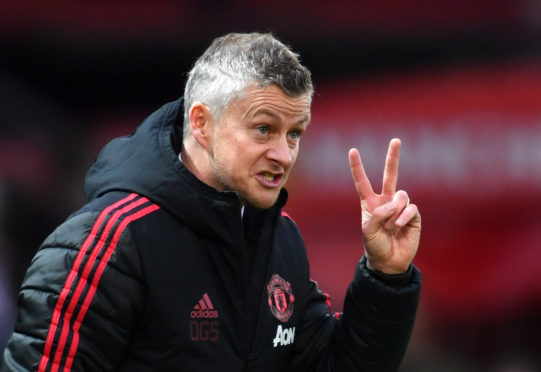Rarely can a manager have had such a dramatic effect on a club as Ole Gunner Solskjaer has had at Manchester United.
Football management may be an art and not a science, but the best practitioners still require a formula to paint their canvas.
Strategy, psychology, cunning, and tactical nous are just some of the skills included in the repertoire of brushstrokes used by those in charge to paint the big picture for their players.
Solskjaer took over a Manchester United team whose ugliness had frightened those familiar with the traditional beauty of Old Trafford sides.
He quickly appears to have made a Mona Lisa out of the Scream.
He’s transformed a brutal stain on the football landscape into a vibrant and colourful force of nature, sweeping aside opposition with fluent and fierce attacking football.
The comeback at PSG in midweek, despite a debatable penalty, evidenced serious artistic progress.
How to avoid becoming a one hit wonder is the trick for all new managers, though.
Translating passion and fresh ideas into a frame which will stand the test of time is the key test.
Consistency is the holy grail for all managers – form is temporary class is permanent.
Solskjaer undoubtedly inherited top players and not every new manager is as fortunate.
Closer to home Steve Crawford at Dunfermline has added a big splash of colour to a team which was looking decidedly grey.
Four wins on the spin, six goals scored and none conceded, has fired the Pars into play-off contention.
A team which looked jaded and without belief, suddenly shows verve and vitality.
If Crawford can maintain the early progress, then Dunfermline are a serious threat to those who thought the Fifers were out of the race.
Footballers need a clear and simple vision from managers.
The best coaches ask no more than their players can give.
Someone who paints by numbers will never be Picasso, but might still be able to create an acceptable portrait, with the right instruction.
Maintaining form and high standards over time requires fresh thinking and innovation.
Players tire quickly of familiarity and drudgery on the training ground.
That’s a challenge which only the best managers master.
As the great football bosses know, management is an all consuming passion which often takes precedence over private and family life.
Transforming a team usually means transforming a club.
Lazy and tired habits which have been allowed to fester in the soul of any organisation drag good folk down, while leaving the slackers comfortably ensconced.
Good managers must change the group mindset, from ground staff to playing staff, and root out those who won’t go with the flow.
That’s often a laborious task and features much hard work hidden from public view.
It’s also increasingly difficult in impatient times when fans, who are only interested in viewing the first team picture, put pressure on directors and managers for instant results.
Creating a new and long lasting culture at many clubs often never gets past the first few brush strokes, remaining instead only a distant vision in the minds of those who hoped to actually create it.





